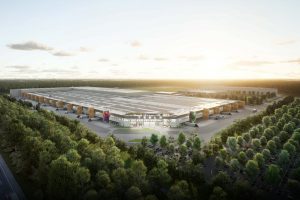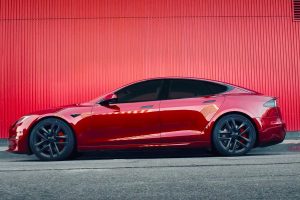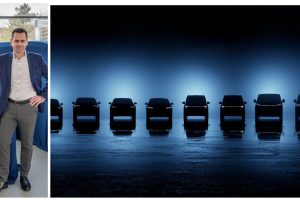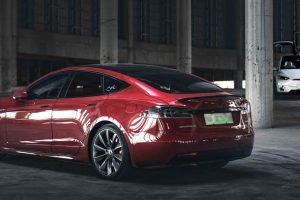Tesla’s Senior Director of Artificial Intelligence, Andrej Karpathy, detailed the automaker’s self-driving Supercomputer that will era in Dojo. Dojo is Tesla’s 4-dimensional Autopilot training program and was first discussed in 2020 by CEO Elon Musk. Karpathy gave a 40-minute presentation regarding Autonomous Vehicles at the 2021 Conference on Computer Vision and Pattern Recognition (CVPR 2021).
Tesla has been working on its self-driving program for several years, and through that time, it has trained its Autopilot and Full Self-Driving suite by using a Neural Network to make it more accurate and robust in its movement. As a result, Tesla has established itself as one of the companies with the most robust semi-autonomous driving programs globally.
Despite this, Tesla continues to make strides to improve it even further. This started back in August 2020, when CEO Elon Musk detailed Dojo, a 4-dimensional training program that will process monumental volumes of video data. This aligns with Tesla’s recent decision to adopt a Vision-only approach in its vehicles, ditching radar in the Model 3 and Model Y.
Musk said:
“Tesla is developing a NN training computer called Dojo to process truly vast amounts of video data. It’s a beast! Please consider joining our AI or computer/chip teams if this sounds interesting.”
For a long time, Tesla has worked with what Musk called “just been like 2D.” He said that the 4D system would work tremendously better since it’s basically video.
During the Q2 2020 Earnings Call, Musk said:
“So what we’ve been doing, thus far, has really just been like 2D — mostly 2D, and like I said, well correlated in time. So just hard to convey just how much better a fully 4D system would work — does work. It’s capable of things that if you just look — looking at things as individual pictures as opposed to video — basically, like you could go from like individual pictures to surround video, so it’s fundamental. So the car will seem to have just like a giant improvement.”
Now that Tesla is moving closer to the completion of Dojo, Karpathy talked about the Neural Network, Supercomputers, and the excellent work of Tesla’s Supercomputing team.
In Karpathy’s presentation, the AI head stated that there are three main factors to get a Neural Network signal to work: Large amounts of video, clean data, and diverse scenarios to make the suite as well-rounded as possible. It is evident that through Tesla’s decision to make its two mass-market vehicles vision-based, that large amounts of data is one of the biggest factors. The Model 3 and Model Y have dominated Tesla’s sales numbers globally for some time, meaning they contribute more data to the Neural Network than the other two vehicles in Tesla’s fleet.
Now that Dojo has been in development for some time, Karpathy unveiled some details about the Supercomputer that Tesla uses for data consumption and storage. A slide in the presentation details the specifications:
- 720 nodes of 8x A100 80 GB (5760 GPUs total)
- 1.8 EFLOPS (720 nodes * 312 TFLOPS-FP16-A100 * 8 GPU/nodes)
- 10 PB of “hot tier” NVME storage @ 1.6 TBps
- 640 Tbps of total switching capacity

Karpathy said that these specs make it “roughly the number five Supercomputer in the world” during his presentation.
Now, Dojo is still not released, and Karpathy was unwilling to comment further on the progress or any of the finer points of what will likely bring Tesla close to Level 5 autonomy. Still, there should be more details in the coming months. Tesla has stuck by the 2021 time frame for Dojo since first talking about it, so hopefully, the company will shed more detail on it during the Q2 or Q3 2021 Earnings Call.
Karpathy’s full presentation is available below.





